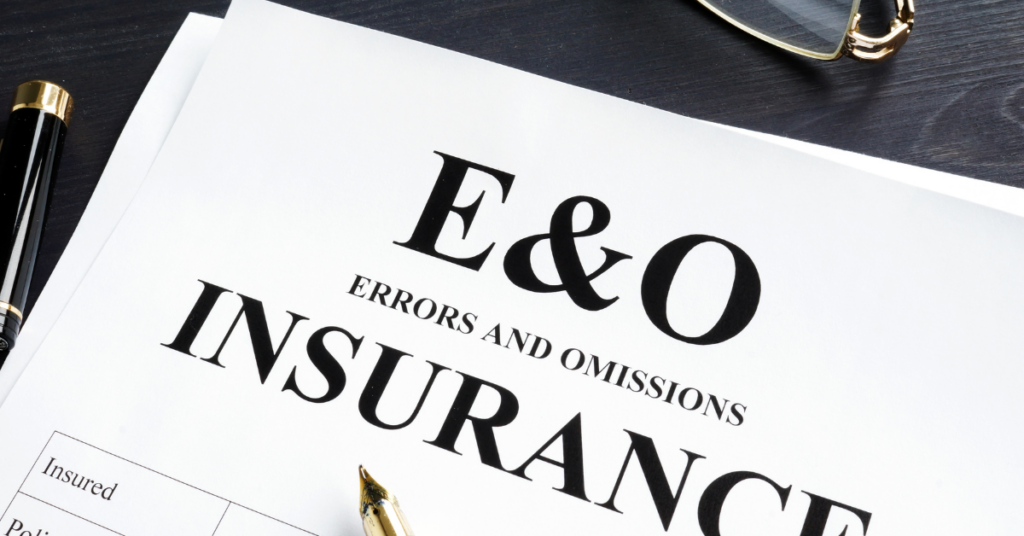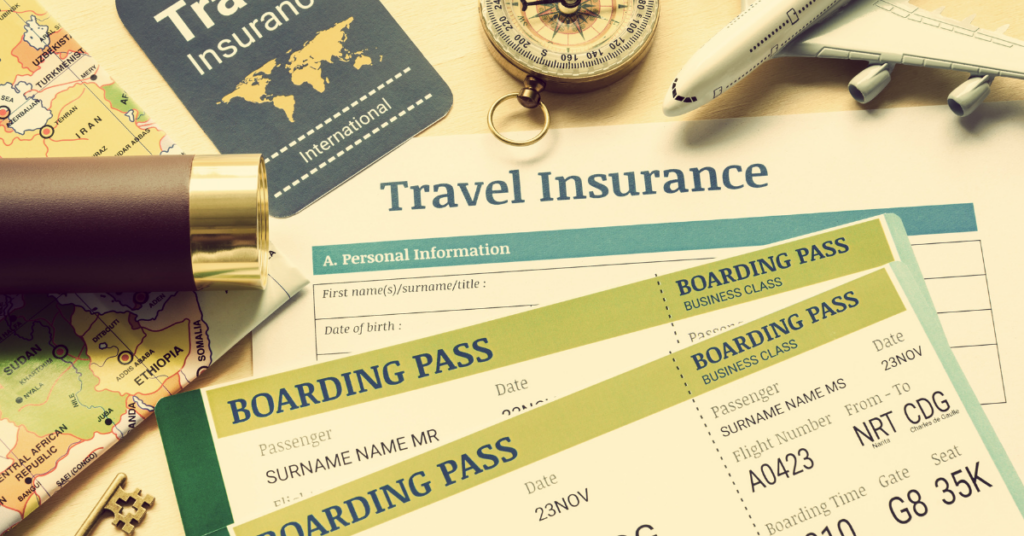
Understanding E&O Insurance
E&O insurance is an important part of protecting a travel agent’s income. However, understanding the mechanics of how to purchase E&O insurance is burdensome and complicated. The purpose of this article is to simplify and explain the process of buying and maintaining an E&O insurance policy so that a travel agent can understand the product.
Factors to Consider When Purchasing E&O Insurance
Like most things in life, not all E&O insurance policies are created equal. In order to purchase a reliable E&O insurance policy, travel agents must consider and understand a few basic components that will govern the policy.

Coverage Type:
Typically, E&O policies are written on a ‘claims-made’ basis. This differs from a traditional insurance policy such as a home or auto policy. With a claims-made policy, in order for a lawsuit filed against the travel agent to be covered, the E&O policy must be active when a the suit is filed and remain in force. The date a travel agent first purchases the E&O coverage is known as the retroactive date. As long as the travel agent keeps the policy active, coverage will remain in force for any claim that occurs on or after the retro date. The most important factor here is for travel agents to understand that the E&O policy, once placed, needs to not ever lapse, but rather remains in force from year to year.
Limit Amounts:
The coverage limits available under an E&O policy range from $250,000 up to $2M or more. By far, the most popular limit is $1M. Typically, any claims filed against the travel agent fall under $1M. In order to maximize the policy limit, travel agents need to make sure that the policy covers defense costs on an “outside the limit” basis. Under this arrangement, defense costs will not erode the limit. If defense costs are covered “inside the limit”, then if you incur $250,000 in defense costs, your remaining limit would be only $750,000, not $1M.

Deductible Options:
With E&O policies, travel agents typically have two deductible options.
1 – The First-Dollar-Defense (FD) Deductible: This options applies only to actual paid indemnity, but not other claims expenses, such as defense costs. As a result, a deductible is not applied until the claim is settled or fully adjudicated.
2 – Loss and Expense Deductible: Under this option, the deductible applies to defense costs as well as the claim payment.
When travel agents compare E&O insurance premium quotes, it is important to consider the deductible type, since the deductible amount could erode the premiums savings on a policy that offers a loss and expense deductible. An average deductible for an E&O policy is $2,500, but this can vary based on risk tolerance. If a travel agent is willing to accept a higher deductible, then the annual premium will be lower.
Premium Cost:
While the premium varies based on a variety of factors, an average E&O insurance premium for a $1M limit is between $500 and $2,500 per year, Factors influencing the premium include the below list.
· Location
· Coverage Limit
· Revenue
· Employees
· Years Of Experience
· Claims History
· Policy Deductible

Policy Exclusions:
The purpose of a travel agent E&O policy is to cover claims related to professional services rendered. As such, below are typical exclusions that apply, as these should be covered by other insurance available to the agent. Other exclusions include criminal or fraudulent activity.
· Customer injuries and property damage
· Employee injuries
· Employee discrimination lawsuits
· Harm caused by a product
Insurance Company Reputations:
As with any insurance policy, it is important for travel agents to feel comfortable with the insurer and have confidence that when it comes time for a claim payment, their insurer will be a partner. A couple of reputable E&O insurers include Berkshire Hathaway and Hiscox. We recommend two strategies to vet insurers prior to purchasing a policy.
1. Utilize a good agent/broker – working with a licensed agent that already has relationships with multiple E&O insurers is helpful since he or she will know the carriers’ past approach towards claims, premium increases, etc.
2. Am Best Ratings – make sure any insurer providing a quote has an AM Best rating of A- VII or better.
Best Practices for Managing Risks with E&O Insurance
Once a travel agent purchases an E&O policy, the work does not end. Insureds need to make an effort to check a few administrative boxes in order to keep their E&O insurance in good order.
Regular review of exposures, policies and procedures:
A travel agent’s business changes over time and, as a result, it is important to update the E&O insurance policy. If any of the above mentioned factors that influence the policy change, then the travel agent should update the insurer accordingly. At a minimum, an annual update at policy renewal should prompt the travel agent to provide the latest info on their small business. Another strategy to minimize premium cost is to ensure the policies and procedures used by the travel agency remain up to date. If the policies and procedures are effective and active, then there is a better likelihood that the services provided will be consistent. This, in turn, minimizes the chance a claim, which leads to lower premiums for the same insurance.
Continuous education and training for agents:
It may seem obvious, but by evidencing ongoing education and training, travel agents reflect that they are more professional than those that do not. As a result, well trained travel agents will pay less premium than those that do not prioritize it.
Keeping accurate records & customer communication:
In the event of a law suit, it is very important for travel agents to have well-documented records of all professional services provided. Insurers will require travel agents to have accurate and detailed records in order to pay claims. In particular, it is important to document all communication with customers, vendors and suppliers. Customer communication should not only be well documented, but it should always be professional. Having a kind approach in all customer communication will go a long way in preventing potential claims. It is also critical to accurately record all revenue and costs. When filing a claim, travel agents need to have accurate cost records in order to substantiate the claim.
Prompt reporting of incidents:
When a travel agent is sued, it is important to immediately report a claim and put an insurer on notice. Insurers will have a much better approach toward claims that are promptly reported compared to those that are not. Insurers like to be involved in the litigation process. If a travel agent waits until a lawsuit is settled to file a claim, then the insurer may end up denying the claim since they did not have the opportunity to be involved.
Conclusion
By understanding a few key E&O insurance policy terms and their impact on the overall policy, travel agents can maximize the value of their E&O policy. When travel agents learn to execute strategies that help manage their E&O risks, they can minimize the cost of E&O insurance. Ultimately, travel agents need to recognize the importance of E&O insurance and move forward in confidence to purchase a broad and effective E&O policy.


